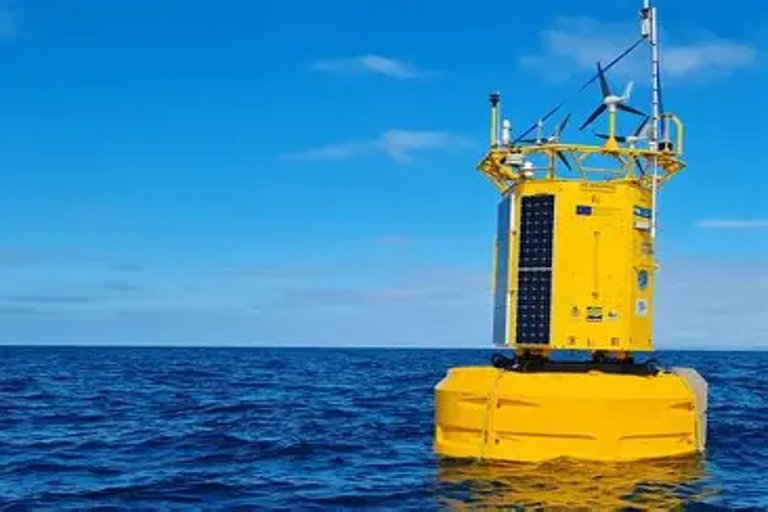Dalhousie Lab Unveils Smart Buoy Technology for Lobster Fishery
The new AI-powered buoys promise better catch tracking and environmental monitoring for Nova Scotia's fisheries.
June 23, 2025 at 15:19 | By Ethan Pelletier, Prairie Signal

Researchers at Dalhousie University have developed a new generation of smart buoys aimed at revolutionizing the way Nova Scotia’s lobster fishery operates. The buoys, embedded with GPS and environmental sensors, are designed to monitor catch conditions, reduce gear loss, and improve data collection across coastal harvesting areas.
The project, led by the Ocean Technology Lab at Dalhousie’s Faculty of Engineering, was funded through a collaboration between the federal Fisheries and Oceans Canada agency and the Canadian Innovation Fund. A pilot deployment is currently underway in Lobster Fishing Area 33, off the province’s southwest coast.
Each buoy is equipped with water temperature, salinity, and depth sensors, as well as real-time GPS beacons that transmit data to an onshore dashboard accessible via smartphone. The technology also includes acoustic modems to help detect and track submerged lobster traps, especially useful in bad weather or high-traffic areas.
Dr. Julia Ng, the lead engineer on the project, says the smart buoys are intended to increase efficiency while minimizing environmental impact. 'We’re giving harvesters better information to make real-time decisions,' she explained. 'It’s about sustainability, safety, and profitability working together.'
Local fishers who participated in initial tests have praised the system’s potential. 'We’ve already recovered two lost traps that would've been gone for good,' said Paul Landers, a third-generation lobsterman based in Barrington. 'It saves time and money, and that matters out here.'
The buoys are also designed to alert fishers to sudden environmental changes, such as temperature drops or oxygen depletion, which can affect lobster movement and trap yields. This data helps crews adjust locations or hauling schedules more precisely.
Conservation groups have cautiously welcomed the innovation, noting that smarter fishing can lead to fewer ghost traps and reduced risk to marine mammals. 'It’s a step forward in responsible harvesting,' said Samantha Yu of the Atlantic Marine Alliance.
The research team is currently working with Indigenous communities and local harvesters to adapt the technology for broader use. There are plans to incorporate weather forecasting overlays and even automated alerts for whale proximity, integrating conservation and industry priorities.
If successful, the buoys could be adopted across multiple fisheries in Atlantic Canada by 2027. The technology is expected to undergo another round of testing this winter, with commercial rollout anticipated for the following fishing season.